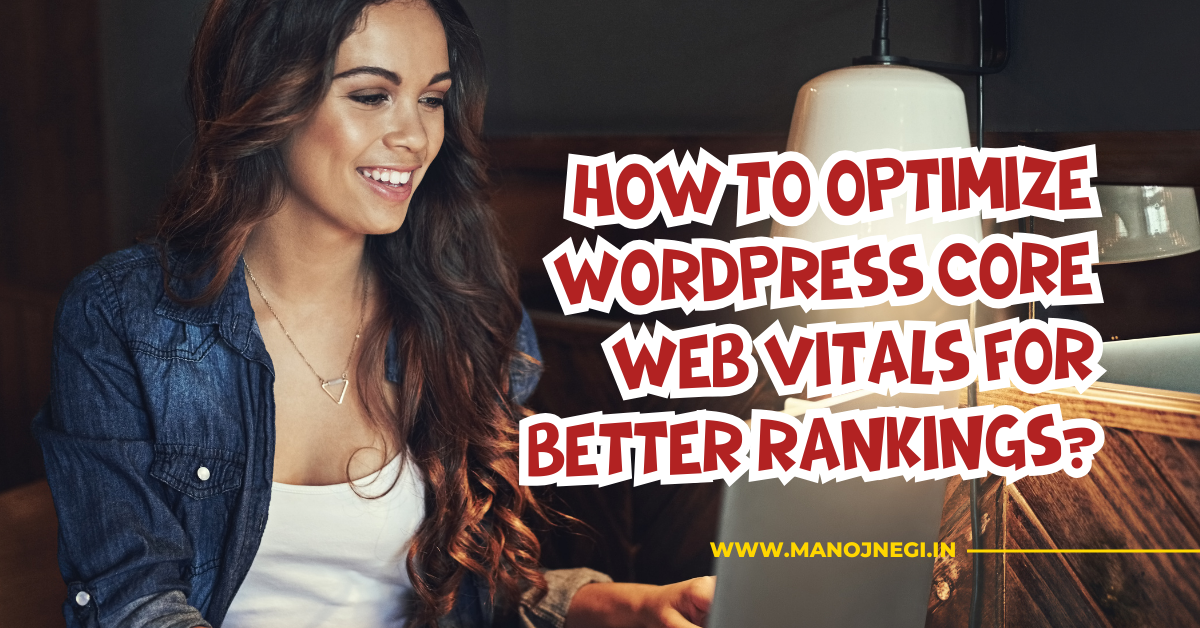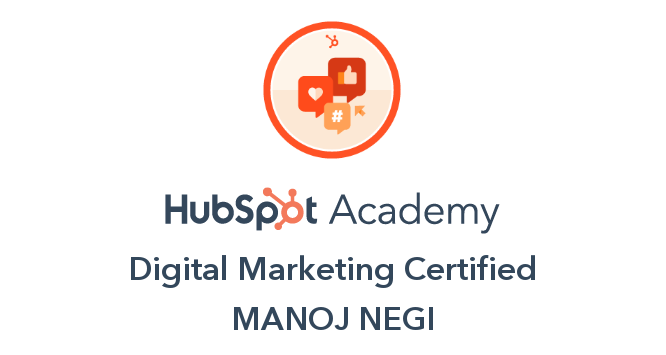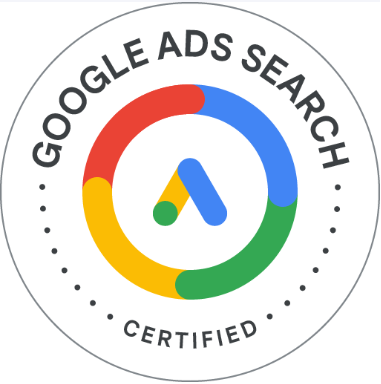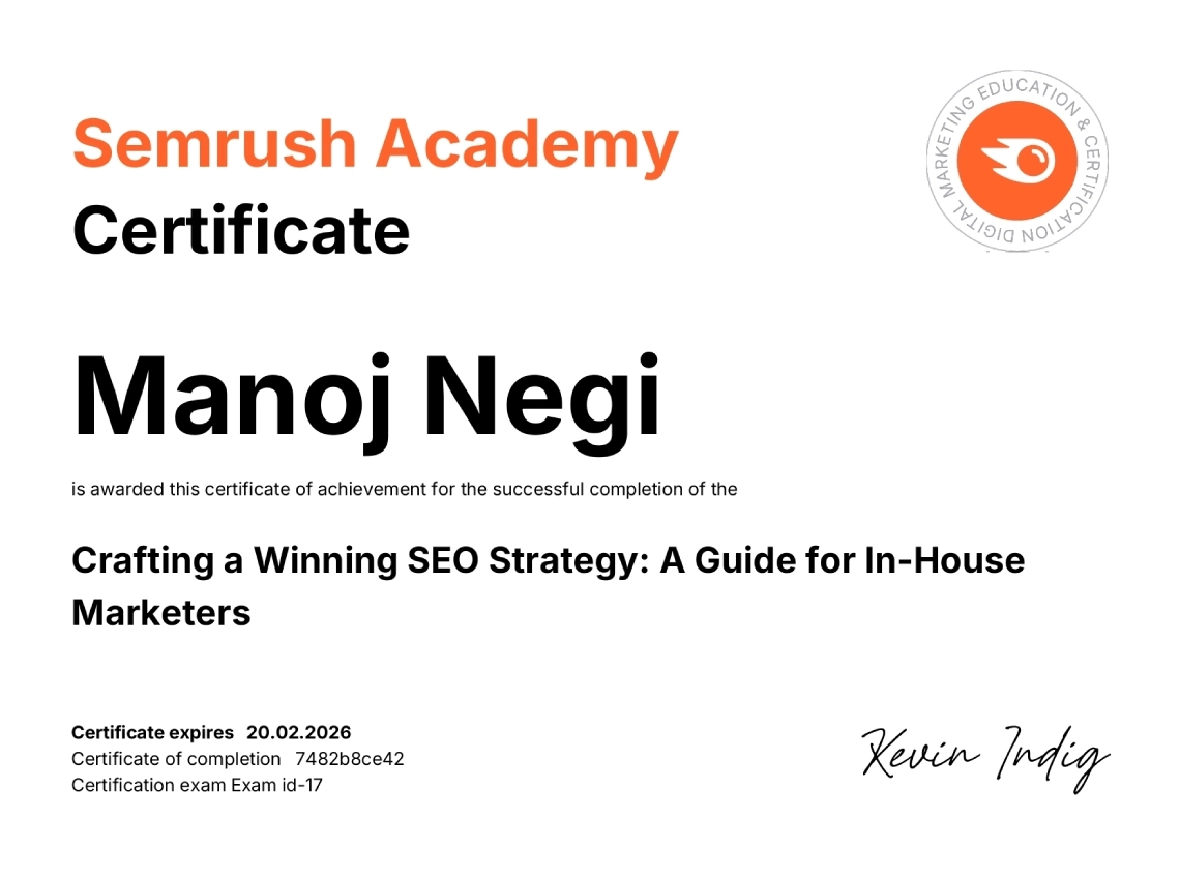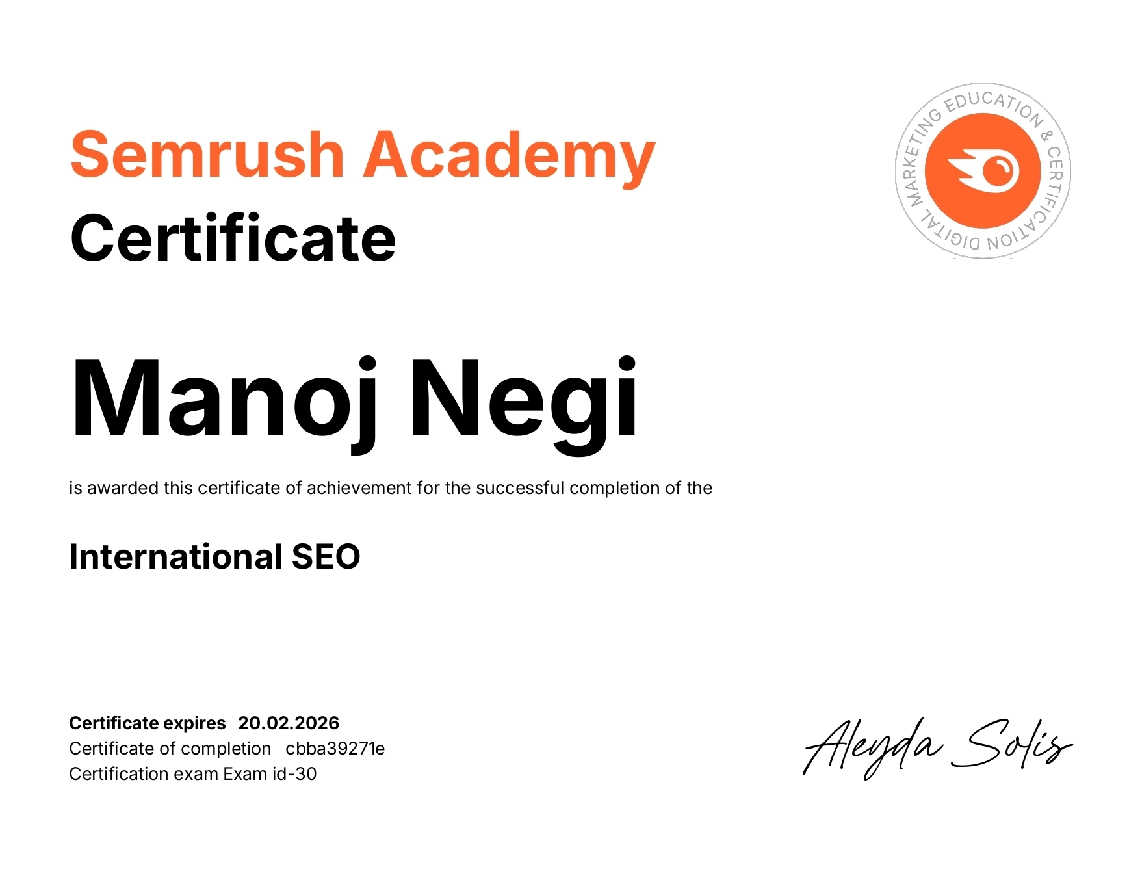WordPress is one of the most popular and widely used content management system (CMS) across globe. However, to make your WordPress site run smooth and appear on the first page of SERPs, you need to optimize its core web vitals.
What Are Core Web Vitals?
Why Are They Important?
How Can You Optimize Them on a WordPress Site?
You’ll get answers to all these questions in this post along with the tailored strategies for WordPress sites to deliver long-term success.
What Are Core Web Vitals?
Core Web Vitals are three key parameters that Google uses to assess the overall performance of a website. These parameters majorly define the experience of a user while navigating through a website.
There are three matrices of Core Web Vitals: “Largest Contentful Paint (LCP),” “Interaction to Next Paint (INP),” and “Cumulative Layout Shift (CLS).” These metrics help website owners and even an SEO services expert understand how efficiently a site loads, responds, and maintains stability for an improved user experience.
Largest Contentful Paint (LCP)
Largest Contentful Paint (LCP) refers to the time taken by the most significant or the largest element to load on a webpage. This element could be an image, video, audio, or a big piece of text.
It is believed that the biggest element on a webpage leaves the most significant impact on the user. The quicker it loads, better the chances a user will stay.
LCP score less than 2.5 is good. Whereas, LCP between 2.5 and 4 seconds suggests you need improvement and above 4 seconds, the LCP is considered poor.
Interaction to Next Paint (INP)
Interaction to Next Paint (INP) measures how responsive a webpage is. In other words, INP identifies how quickly the webpage interacts to users actions.
For example, when you scroll down a webpage the content below the fold appears. So, INP here measures the speed at which that content is visible.
Google defines INP scores as:
Good – < or =200ms
Needs Improvement – Between 200ms and 500ms
Poor – > 500ms
Cumulative Layout Shift (CLS)
Cumulative Layout Shift (CLS) measures the stability of the webpage as is loads. In simpler words, CLS assess how much the content moves around after it appears to the user, while the page is still loading.
If the CLS score is under 0.1, it is good. Besides this, the score between 0.1 and 0.25 suggests improvement needed and anything above 0.25 is poor.
Optimizing Core Web Vitals for WordPress – Get Better Rankings
1. Hosting Foundational Performance
The backbone of a fast WordPress site is a robust, optimized web host. Premium hosts like SiteGround or those running on Google Cloud offer advanced server-level caching and performance enhancements. Such platforms typically include assets like SG Optimizer or WP Rocket plugin for automated optimization, ensuring your WordPress installation is primed for Core Web Vitals excellence from day one.
2. Theme and Plugin Selection
WordPress themes and plugins shape responsiveness and stability. Choose a lightweight, speed-optimized theme; avoid multipurpose themes packed with redundant features. Limiting plugins—especially those affecting front-end performance—reduces load times and resource usage. Regularly audit plugins, disable unnecessary ones, and keep critical plugins updated.
3. Caching Strategies
Adopting effective caching tactics will make WordPress pages quick to load. For this, you can use plugins like WP Rocket and others. This will help reduce the time required by servers to load page. It significantly improves LCP and overall speed of the webpage. Coupling caching with a Content Delivery Network (CDN), such as Cloudflare, distributes static resources globally, ensuring rapid loading for all users regardless of location.
4. Image Optimization and Lazy Loading
High-resolution images are heavy in size and uploading too much of such images can hamper your LCP scores. However, here’s a catch. You can use smart plugins that automatically compress and optimize images when uploaded. Few of the examples of such plugins are Imagify and ShortPixel.
Another smart technique you can adopt to improve your WordPress core web vitals is activate Lazy Loading. This means, the images will not be loaded until needed. This significantly reduces the page load times.
5. Minify and Combine CSS/JavaScript
Bloated CSS and JavaScript files hinder speedy rendering and interactivity. Minify and concatenate scripts using optimization plugins or manual build processes. Defer non-critical JS and CSS, removing unused stylesheet rules, and inline vital critical CSS for faster rendering of above-the-fold content. These changes accelerate both LCP and INP, smoothing the user’s interactive experience.
6. Database and Site Structure Optimization
A cluttered database slows site performance. Regularly clean up post revisions, spam comments, and expired transients. Limit the number of database calls through efficient querying and by disabling heartbeat actions where appropriate. For content-heavy blogs, use WordPress’s built-in Page Break block to split long posts into smaller, paginated segments, keeping individual page sizes manageable and improving LCP.
7. Reducing External Requests
Many plugins and themes load resources (fonts, analytics, ads) externally. Excessive HTTP requests slow both LCP and INP. Identify critical external resources, reduce or merge requests, and host essential assets locally wherever possible to avoid network latency and third-party bottlenecks.
8. Regular Maintenance and Monitoring
Optimization is an ongoing process. Keep WordPress, themes, and plugins consistently updated for the latest performance improvements and security patches. Use tools like Google PageSpeed Insights, Lighthouse, and Chrome’s Core Web Vitals Report to monitor your performance in real-world conditions. Set up regular audits, monthly or quarterly, to identify new bottlenecks and reinforce a culture of continuous improvement.
9. Real-World Results and Ranking Impact
Sites that systematically optimize for Core Web Vitals consistently see measurable improvements in Google rankings, user satisfaction, and conversion rates. For example, e-commerce stores optimizing LCP experienced faster checkout times, while news sites with stabilized layouts increased page views and repeat visits. Google’s Page Experience update ensures these metrics influence rankings directly, favoring sites that prioritize speed, stability, and user engagement.
Conclusion
By focusing on each aspect above, WordPress site owners can dramatically enhance their Core Web Vitals scores. Not only will this help drive better Google search visibility, but it also cultivates a superior user experience for every visitor. Optimization is not a one-time task but a continual commitment; embrace it, and steady ranking growth will follow.
And if you’re wondering what’s changed in core web vitals in 2025, rest assured that ongoing updates and refinements make sustained, proactive optimization more important than ever.

